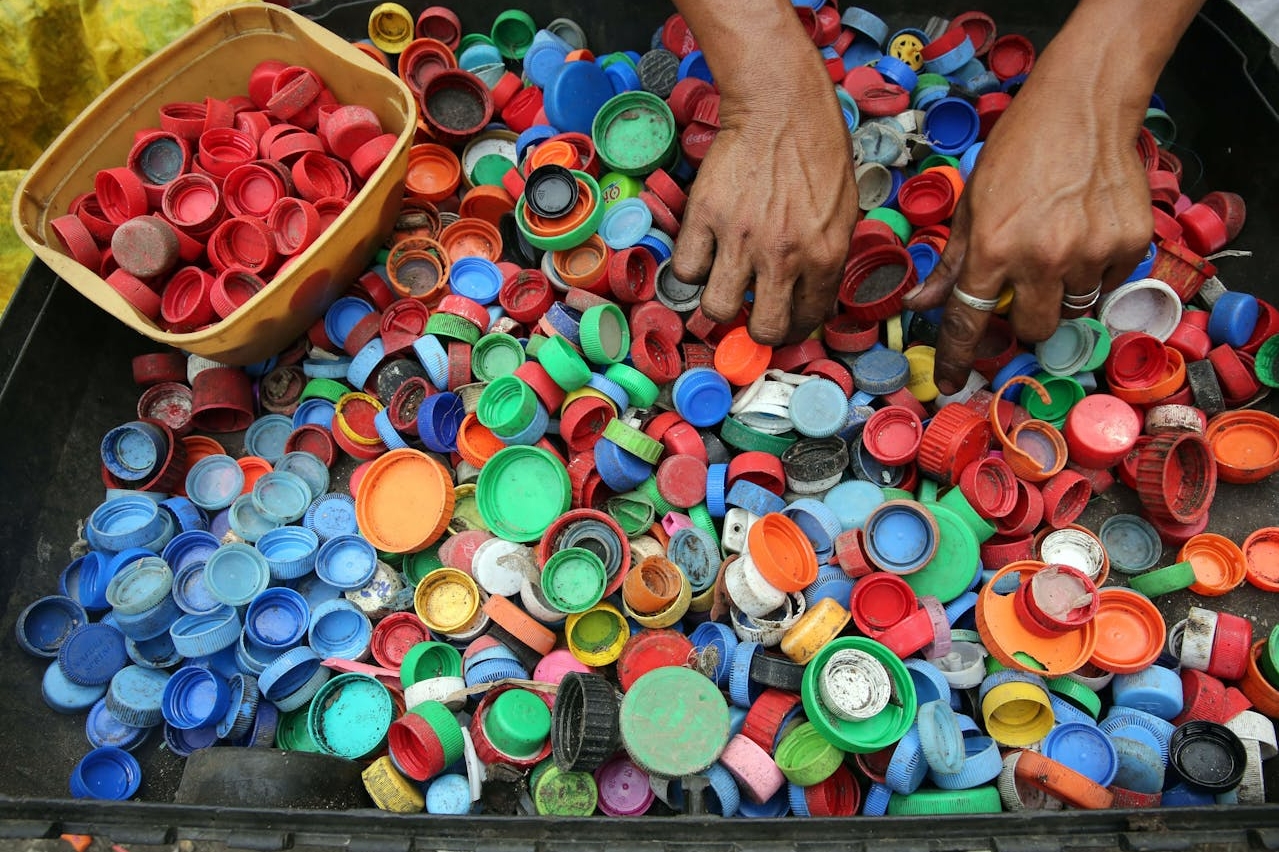For US importers looking to source quality stone materials, understanding the pricing dynamics of Indian stone is crucial for making informed decisions and maximizing cost-effectiveness. Indian stone offers a compelling combination of quality, variety, and affordability, making it a preferred choice for a wide range of projects. Veritas Sourcing, committed to facilitating seamless trade between Indian suppliers and US importers, presents a detailed comparison of Indian stone prices to help US buyers assess cost-effectiveness and make informed sourcing choices.
- Raw Material Costs: Indian stone prices are influenced by various factors, including the cost of raw materials such as marble, granite, limestone, and sandstone. The availability and quality of raw materials, as well as market demand and supply dynamics, impact pricing at the source. US importers can benefit from India’s abundant natural stone resources and competitive pricing for raw materials, which contribute to cost-effectiveness in sourcing.
- Processing and Labor Costs: Processing and labor costs play a significant role in determining the overall price of Indian stone products. Indian manufacturers leverage skilled labor and advanced processing technologies to transform raw materials into finished products, adding value through cutting, polishing, and finishing processes. Labor costs in India are generally lower compared to Western countries, contributing to cost-effectiveness for US importers seeking competitively priced stone products.
- Quality and Grade: Indian stone prices vary based on quality, grade, and aesthetic characteristics. Premium grades of stone with uniform color, minimal imperfections, and superior finishes command higher prices compared to standard or commercial grades. US importers can choose from a wide range of Indian stone grades to suit their project requirements and budget considerations, balancing quality and cost-effectiveness.
- Market Demand and Competition: Market demand and competition influence pricing dynamics in the Indian stone industry. Fluctuations in demand, currency exchange rates, and global economic conditions can impact pricing stability and competitiveness. US importers should stay informed about market trends, supplier dynamics, and pricing benchmarks to negotiate favorable terms and secure cost-effective deals.
- Transportation and Logistics Costs: Transportation and logistics costs are key considerations for US importers sourcing stone from India. Factors such as distance, shipping methods, customs duties, and port fees affect the total landed cost of imported stone products. US importers can optimize logistics processes, consolidate shipments, and leverage freight forwarding services to minimize transportation costs and enhance cost-effectiveness.
At Veritas Sourcing, we are committed to helping US importers navigate the complexities of Indian stone pricing and make informed sourcing decisions that optimize cost-effectiveness. By providing comprehensive insights into pricing factors, quality considerations, and market dynamics, we empower US buyers to source high-quality Indian stone products at competitive prices and achieve their project objectives with confidence. Join us in exploring the cost-effectiveness of Indian stone sourcing and unlocking the value of quality, affordability, and reliability in your supply chain.




